As the demand for at-home oral care products grows rapidly, more brands are investing in the private mold development of innovative teeth whitening devices. Among them, red and blue light whitening devices have become a popular segment due to their dual-functionality in whitening and soothing gums. For any teeth whitening device manufacturer, creating a private model that stands out requires precision in two key aspects: the selection of shell materials and adherence to ergonomic design principles. In this blog, we will explore the key considerations in these areas and how they contribute to the product’s performance, user experience, and market competitiveness.
The choice of material for the outer shell of the teeth whitening device is critical. Most top-tier manufacturers prefer medical grade ABS material because of its excellent balance of biocompatibility, chemical resistance, and strength. Here’s why:
Ergonomic design is not just about comfort—it’s about maximizing user adoption and treatment effectiveness. When planning the private mold development of a red and blue light whitening device, manufacturers should focus on:
To succeed in private mold development, working with an experienced teeth whitening device manufacturer is essential. Look for partners with the following competencies:
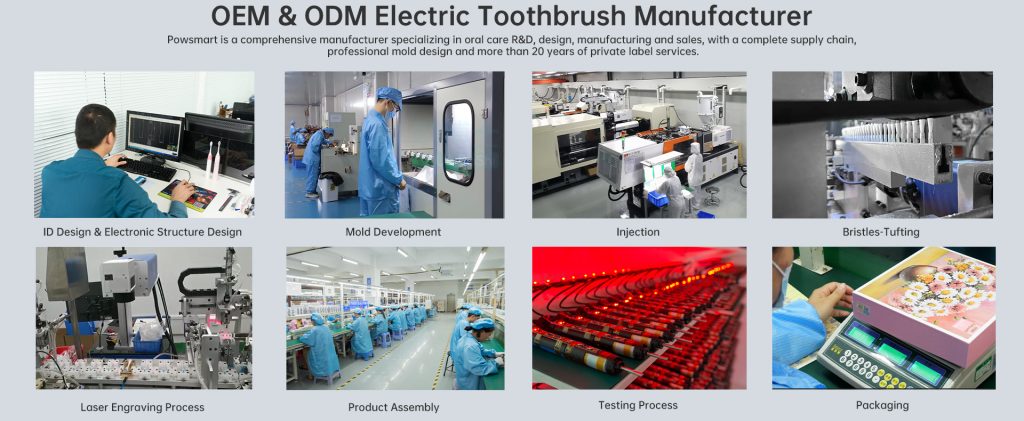
In the competitive landscape of oral beauty products, developing a custom red and blue light teeth whitening device with premium material and ergonomic design is a proven way to build brand value. Partnering with a qualified teeth whitening device manufacturer ensures that your private mold development journey is efficient, compliant, and future-ready.
Battery Corrosion + Charger Incompatibility — What’s Next?

Oral Care Design for Women: Women Are the Main Consumers of the Oral Care Market
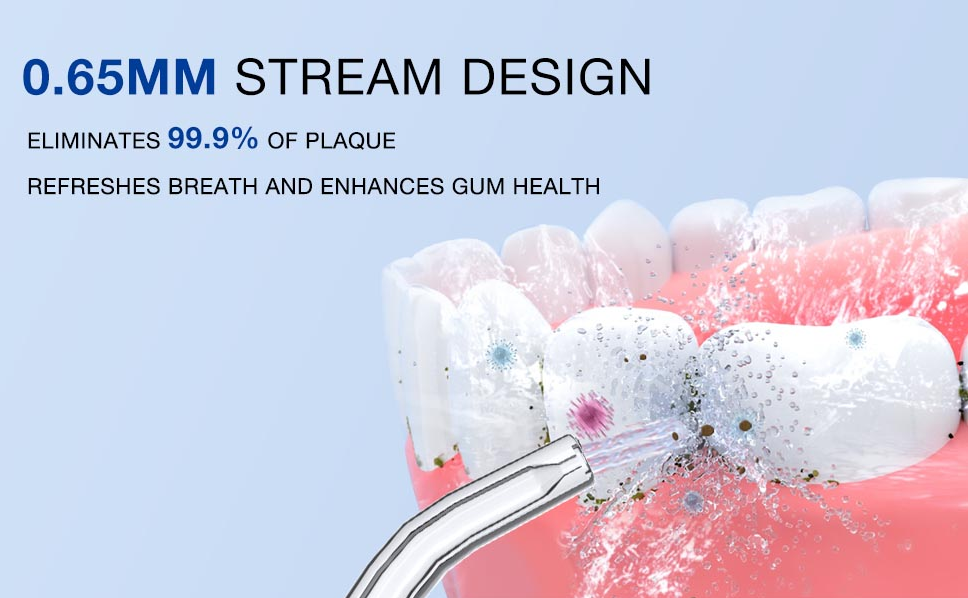
1200 vs 1800 water flosser pulse/Minute: Which Water Flosser Pressure Setting Works Best for Plaque Removal Without Gum Irritation?
Can Brush Head Rotation Cause Enamel Erosion?
Short Battery Life and Motor Overheating in Electric Toothbrushes: How to Enhance Durability?

Why are the factory prices of electric toothbrushes so different?
.jpg)
Best Electric Toothbrush With Pressure Sensor in Houston?

How to Deal with Sudden Tooth Sensitivity?
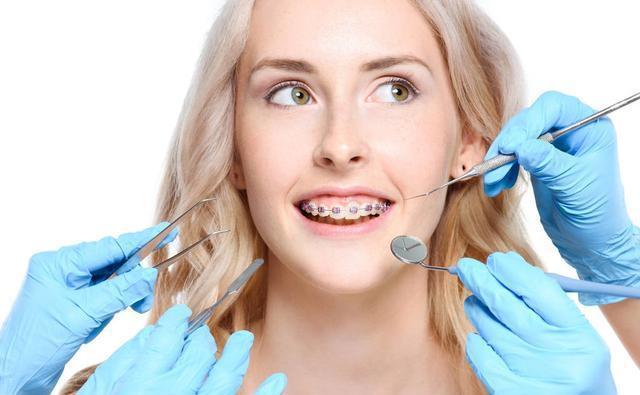
Best Dentist-Recommended Braces Cleaning Products for Braces Wearers
Explaining the Teeth Whitening Device and How to Use It?
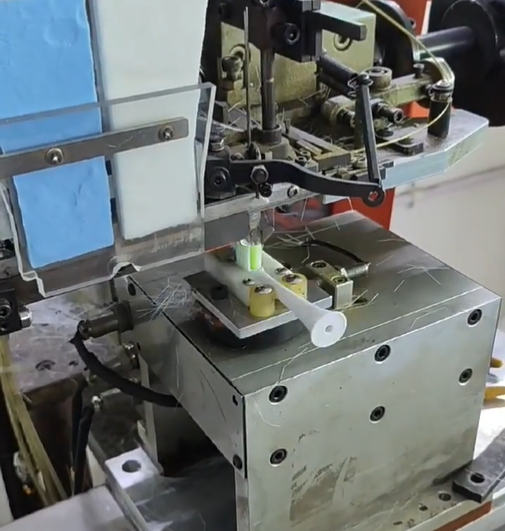
Environmentally Friendly Oral Care Products: Consumer Demand and Market Growth Potential
How to Fix LCD Glitches and Sensor Errors?

Analysis of Differences in Preferences for Teeth Whitening Devices in the European and American Markets vs. Asian Markets
Can Improper Frequency Settings Affect Cleaning Efficiency and Gum Health?
How to Choose Good Bristles When Selecting an Electric Toothbrush?
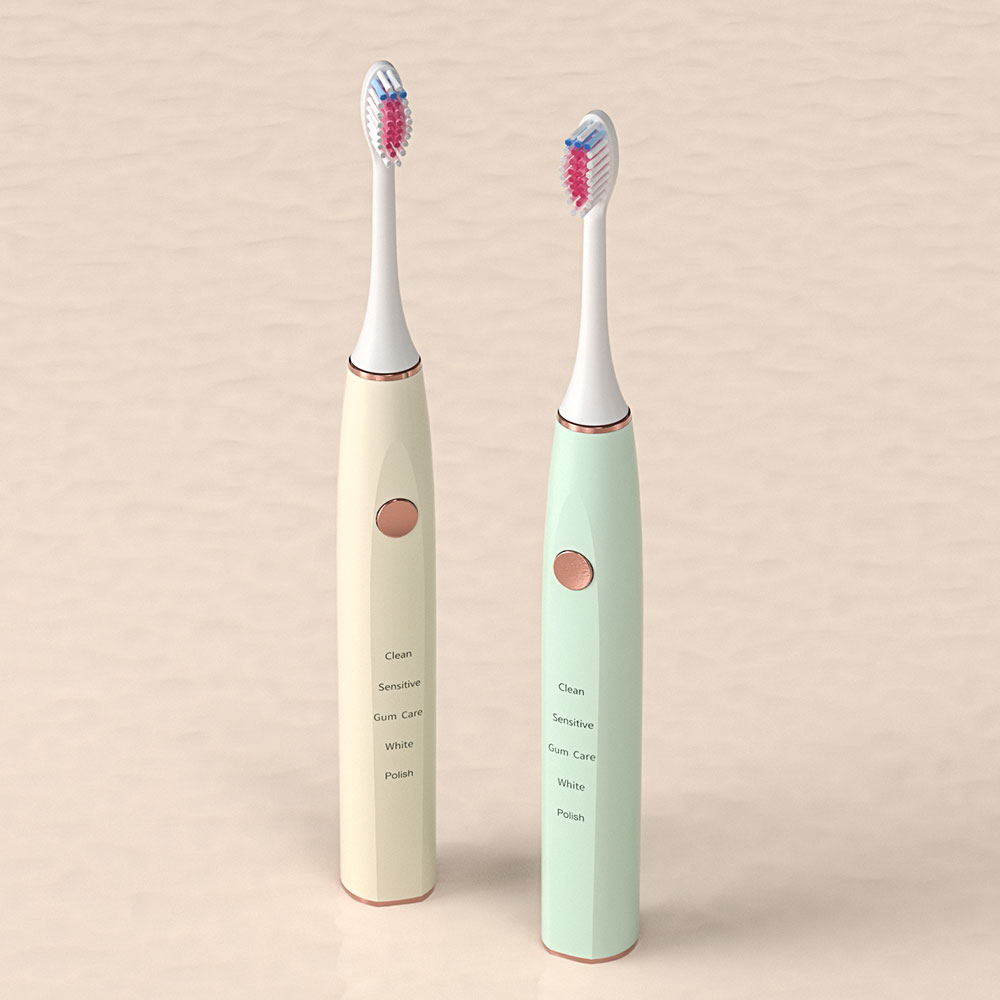
How much does it cost to manufacture a toothbrush?

Customization Teeth Whitening Gel
.jpg)
Florida Electric Toothbrush – Powsmart PTR-C8

electric toothbrush heads Ultra Soft

Private Label Whitening Gel

electric toothbrush heads Deep Clean

electric toothbrush heads Charcoal Infuse-Round

electric toothbrush heads Regular Clean

Electric toothbrush heads Charcoal Infused-Diamond
whstapp
whstapp
National Toll-Free Service Hotline
+86 755 86238638